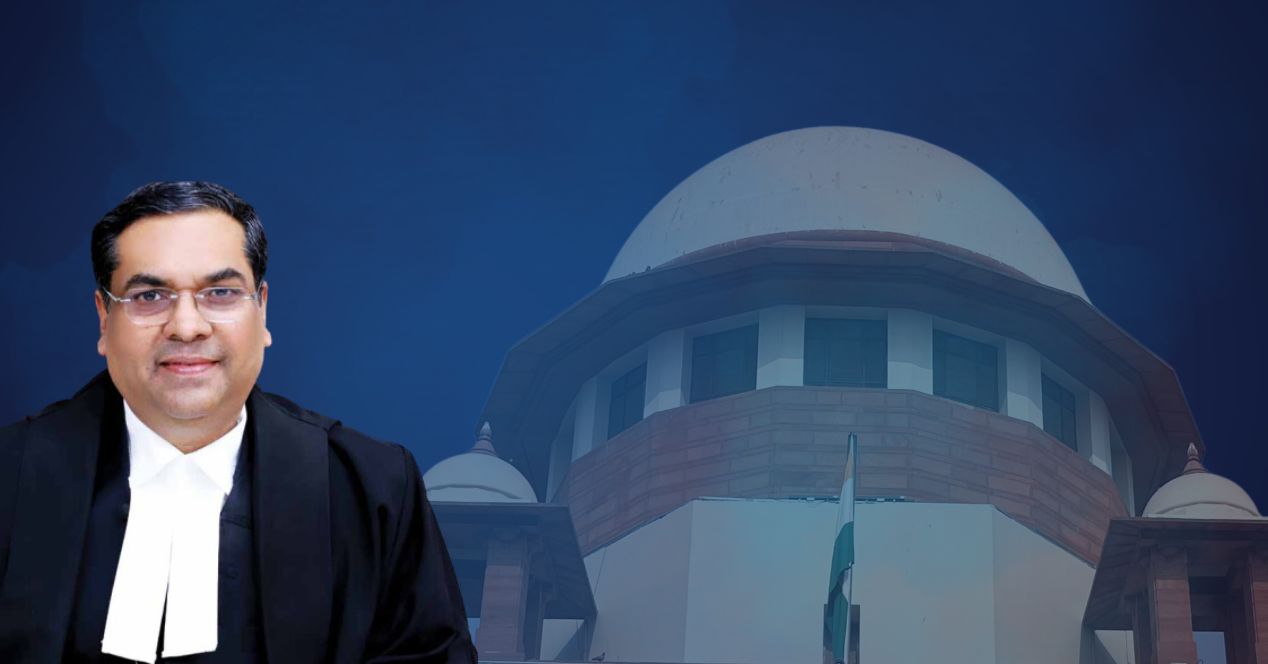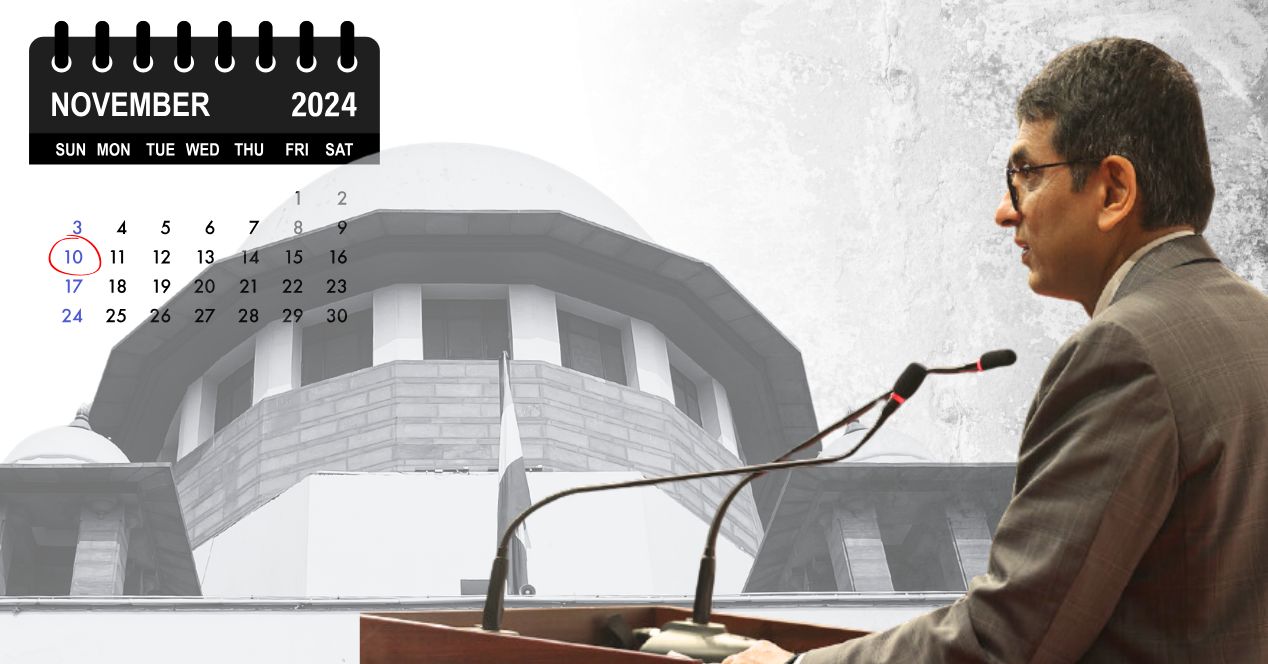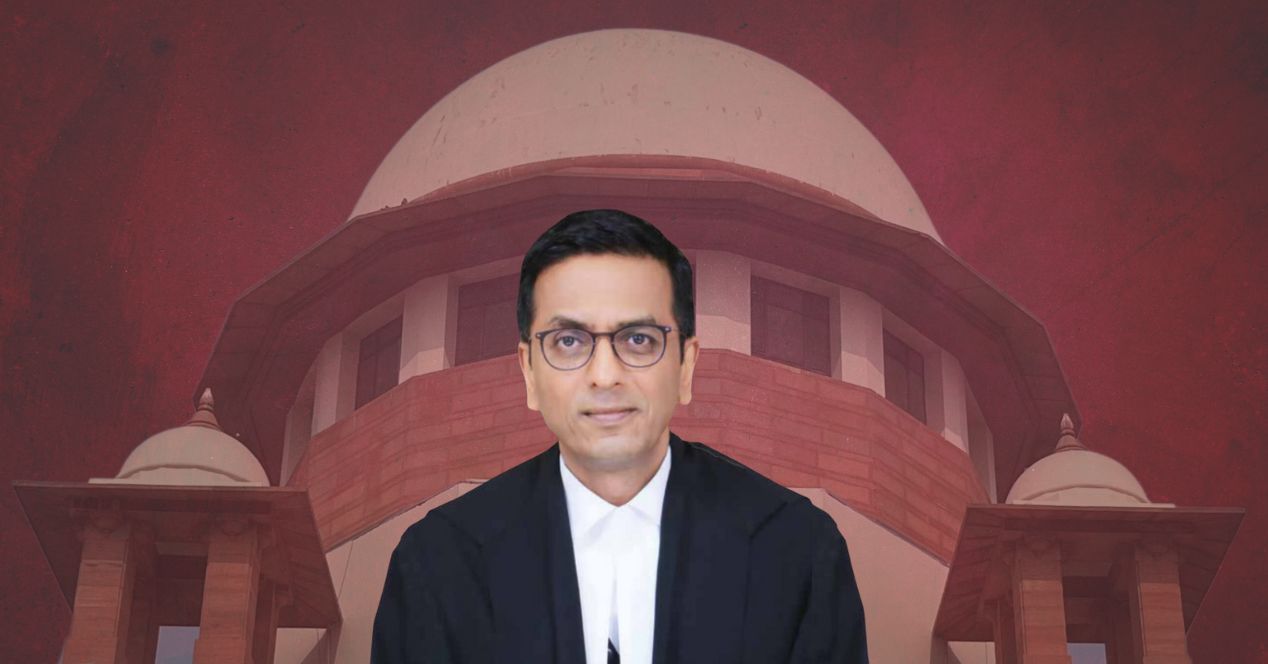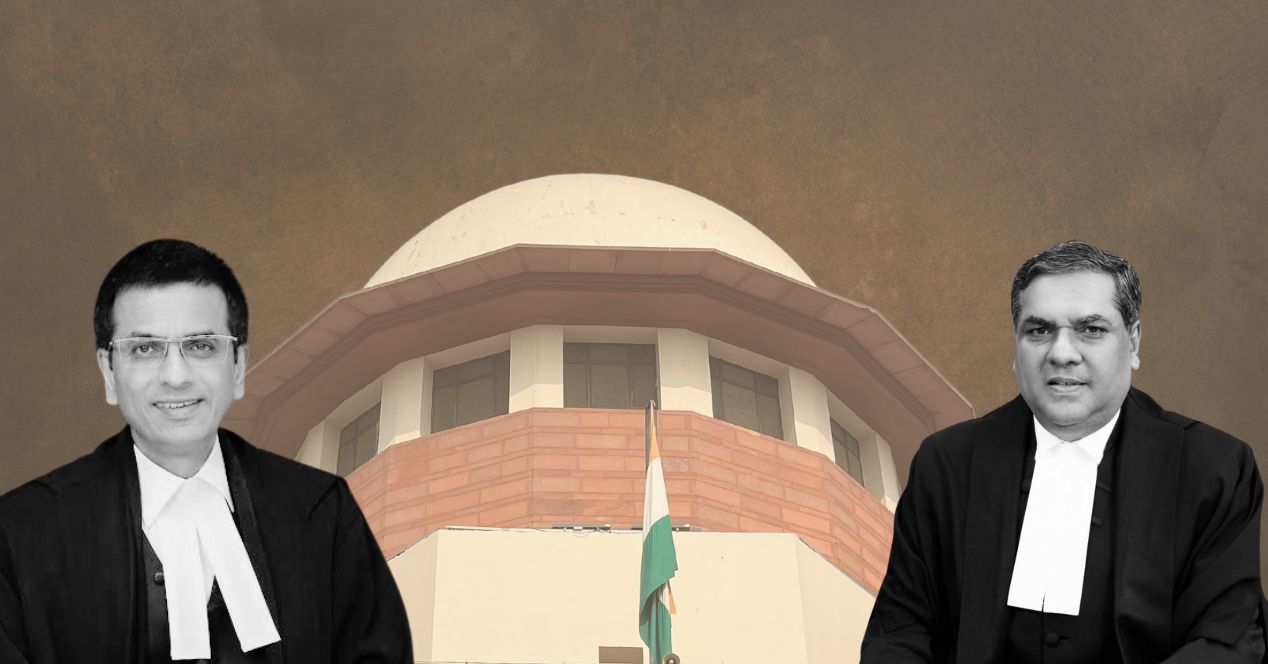Analysis
Transition time
As the discussion on Justice Chandrachud’s legacy settles, there is a sense that his successor may herald a return to more unassuming ways
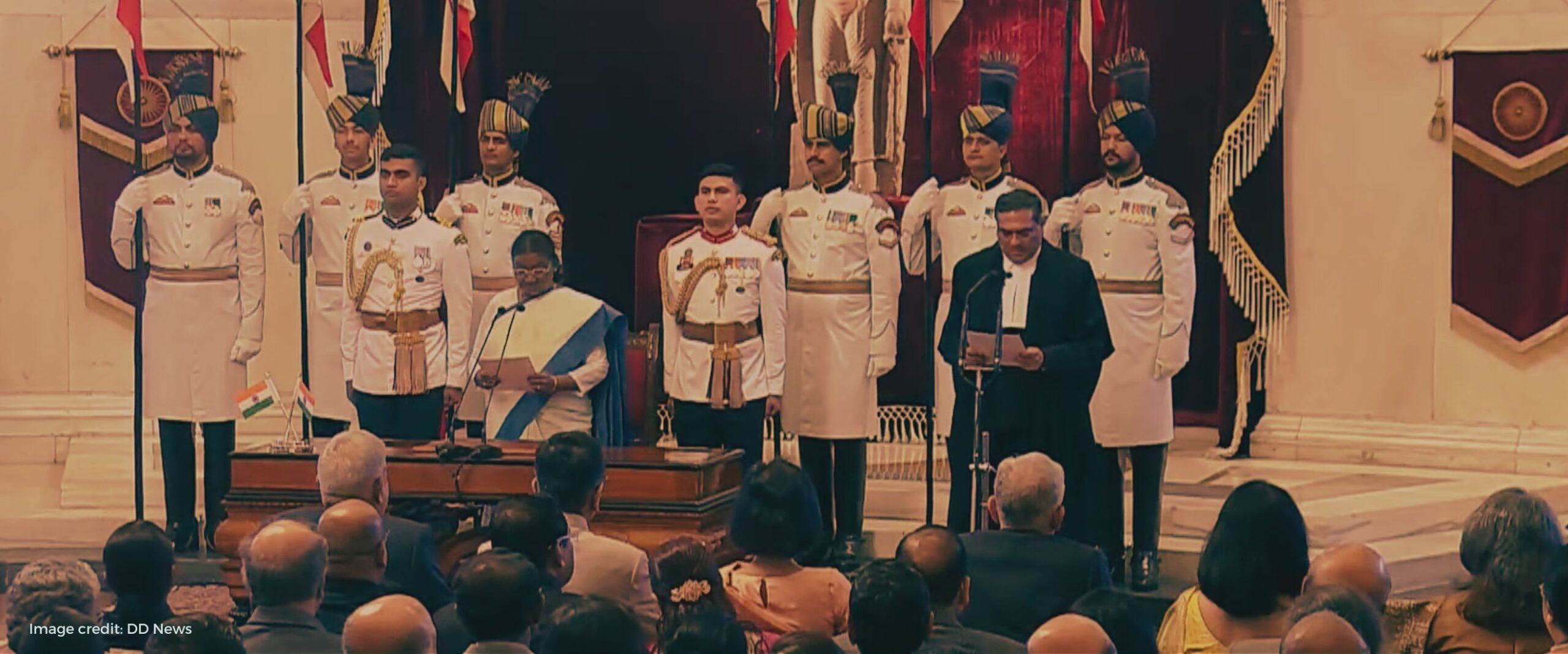
In his remarks at D.Y. Chandrachud’s farewell last week, the incoming Chief Justice Sanjiv Khanna said: “He has made my task easy and tough.” Transition can often be a tricky period. In this case, CJI Khanna has only six months to follow an act that played out over almost two years, the longest tenure of a Chief Justice since 2012. The Chandrachud tenure has been remarkable in many ways, not least in the way that it has reshaped the public perception of the Court.
Each recent Chief Justice has faced unique administrative challenges. For instance, Justice N.V. Ramana assumed office in April 2021 during the peak of the second wave of the pandemic. At the time, the Court was grappling with a steep increase in pendency and transitioning back from virtual to in-person hearings. By his retirement in August 2022, the rate of increase in pendency had stabilised, although numbers remained high.
Justice U.U. Lalit inherited a Court that hadn’t heard a Constitution Bench matter since June 2021. His was only a 74-day tenure but he still managed to list 25 long-pending Constitution Bench cases. Justice Chandrachud maintained the momentum after he took over, expressing an intention to make these hearings a “permanent feature” of the Supreme Court. Sixteen Constitution Bench cases, involving some of the most pressing questions of our time, were heard and decided during his tenure.
Justice Chandrachud also moved the needle on several administrative items during his tenure. He introduced multiple technological reforms, tweaked the listing and mentioning systems (though the jury is out on the Registry’s working), initiated livestreaming for all courts, implemented salary revisions for law clerks, and spearheaded projects to upgrade the Court’s physical infrastructure. Some of these initiatives were timed with the Supreme Court’s 75th anniversary celebrations. CJI Khanna’s remark about his role now being “easy and tough” highlights the challenge of sustaining these reforms.
Previous Chiefs had spelled out their priorities soon after entering office: Justice S.A. Bobde discussed the road ahead, Justice Lalit outlined his focus on Constitution Benches, and Justice Chandrachud had been quick to speak about filling judicial vacancies and promoting diversity.
CJI Khanna, who is known to maintain a low-profile, hasn’t spoken to the media since taking over. He expressed his thoughts on the intended direction through a fairly standard, single-page statement released by the Court. There, he has written about his vision to make judgements “more comprehensible” and prioritise mediation as a mode of dispute resolution.
The anodyne statement through an official channel may be a sign of things to come. For a press and public that has become accustomed to a CJI who made frequent public appearances and provided the choicest bytes (more on this next week), CJI Khanna’s tenure may mark a return to a time where a Chief speaks only through their judgements. It will take some getting used to, given that, a week after the retirement, the press and commentariat still have their teeth sunk into discussions and dissections of Justice Chandrachud’s legacy. For the next six months, perhaps, there won’t be too many speeches, lectures and other out-of-court statements to analyse for their impact on judicial and political outcomes.
CJI Khanna might be aiming for more balance—a cocktail of the approaches of his immediate predecessors. By all accounts, he may be active but quiet, impactful but steady. He already seems to have tightened the screws on the listing front by completely doing away with oral mentioning (strictly emails from now!).
The thing that is certain, though, is that his tenure will invite the kind of interpretation and scrutiny we have gotten used to. And that is, for the most part, a good thing. It’s a healthy sign when the work of the Supreme Court is consistently reported on the frontpage of dailies and social media timelines alike. As the Restatement of Values of Judicial Life, adopted by the Court in 1997, notes: “A judge should practise a degree of aloofness” while also being conscious “at all times” that they are “under the public gaze.” We will be watching closely, as ever.
This article was first featured in SCO’s Weekly newsletter. Sign up now!

